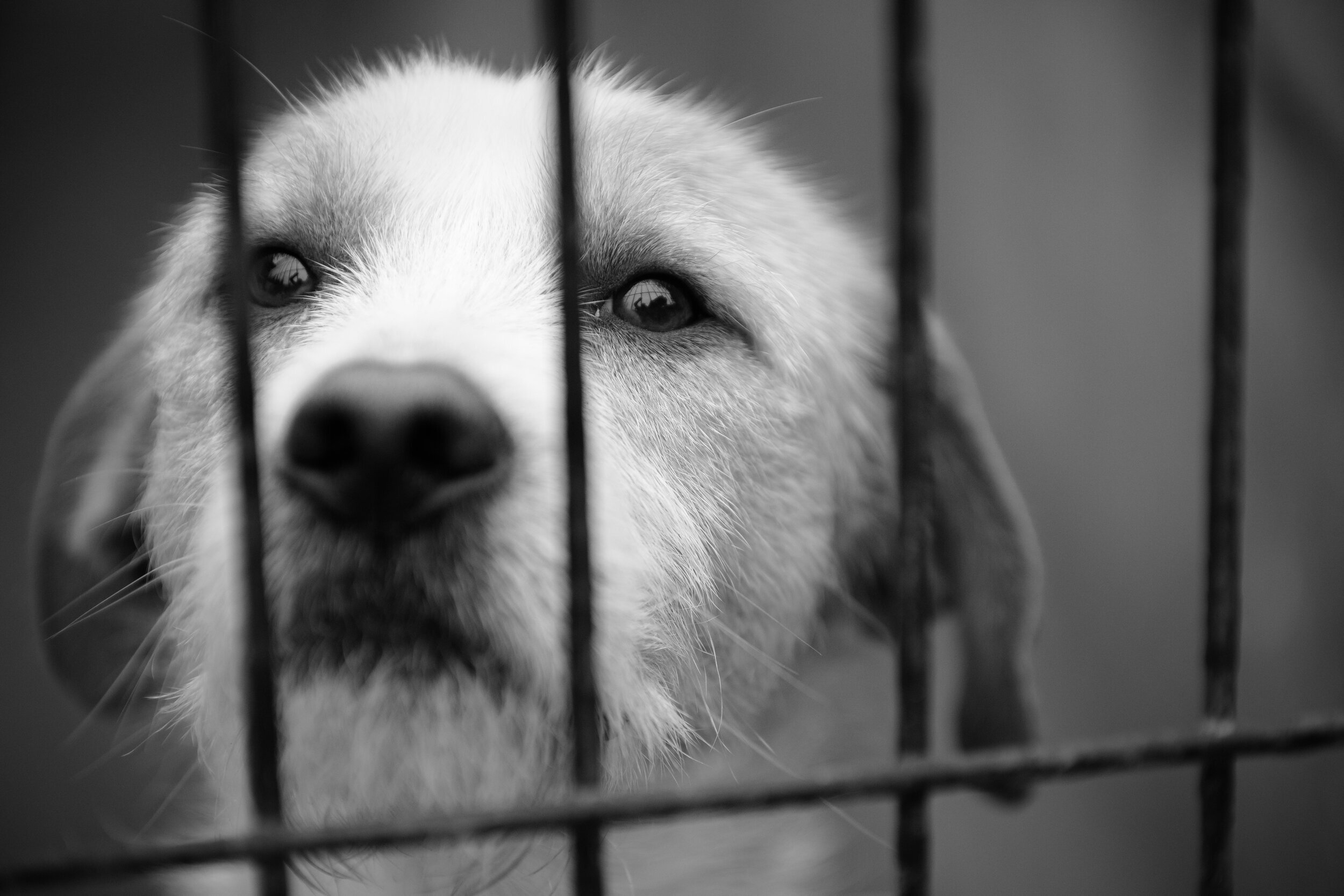Animal cruelty, a heinous act that transcends mere misconduct to reflect a profound moral failing, is a pressing issue that has elicited growing concern amongst activists, lawmakers, and the general populace. A burgeoning body of legislation suggests a promising shift towards more stringent penalties for offenders. But what constitutes animal cruelty, and how is it categorized within our justice system? This article delves into the complexities surrounding animal cruelty, its classification as a felony, and the nuances of sentencing in different jurisdictions.
First and foremost, understanding animal cruelty requires a critical look at its definitions, which can vary considerably between states. Generally, animal cruelty encompasses a range of acts, from neglectful abandonment to egregious abuse. Many jurisdictions delineate these actions into categories: active cruelty involving intentional harm, and passive cruelty characterized by failure to provide adequate care. This bifurcation is essential for comprehending the legal consequences that follow.
In numerous states, acts of animal cruelty have transitioned from being perceived as misdemeanors—minor offenses warranting minimal penalties—to felonies that can incur severe repercussions, including imprisonment. The rationale behind this transformation is rooted in society’s evolving ethical standards regarding animal welfare. As awareness rises, many are compelled to confront the uncomfortable truths surrounding animal suffering, fueling the push for more robust legislative frameworks to protect vulnerable creatures.
Sentencing for animal cruelty varies widely across the United States. In some regions, a first offense might result in a mere slap on the wrist, perhaps a fine or community service. Yet in others, habitual offenders or severe cases can face years behind bars. For instance, California’s Penal Code 597 introduces significant penalties that escalate with the severity of the offense. Depending on factors such as the nature of the cruelty, prior convictions, and whether the animal suffered or died, offenders can face anywhere from six months to a staggering six years of incarceration. This spectrum of penalties reflects an increasing recognition of animal sentience and the need for punitive measures that adequately reflect the severity of the crime.
One of the most compelling aspects of animal cruelty laws is how they serve as a mirror to societal values. When a state enacts stringent penalties for animal abuse, it sends a potent message that such offenses will not be tolerated. The interplay between legislation and societal ethics is intricate. For example, states that have gone so far as to label animal cruelty as a felony often do so in the wake of highly publicized abuse cases that evoke public outrage. This phenomenon underscores a collective reckoning, granting society the ability to reshape its moral landscape in favor of nonhuman species.
Moreover, a shift in how animal cruelty is perceived has ramifications beyond mere legal consequences. It intertwines with broader social issues, such as domestic violence and community safety. Numerous studies have illuminated the correlation between individuals who perpetrate cruelty against animals and those who engage in violence towards humans. By intensifying sentencing for animal cruelty, a dual-purpose is served: not only does it seek justice for the voiceless, but it also aims to curtail a cyclical pattern of violence that plagues communities.
However, the complexities of sentencing do not cease at state lines. Federal laws, while somewhat fragmentary, reflect an increasing recognition of the need for national standards. The Animal Welfare Act, a pivotal piece of federal legislation, outlines essential provisions for the humane treatment of animals. While it primarily governs the treatment of animals in research and exhibition, it signifies the federal government’s commitment to addressing cruelty. Yet, its enforcement remains sporadic, often leaving states to take the lead.
In recent years, several high-profile cases involving neglect or abuse have fostered nationwide dialogue. For instance, prominent organizations advocating for animal rights have emerged, calling for a unified approach to animal protection legislation. This advocacy has spurred the introduction of various bills aimed at consolidating existing laws and imposing harsher penalties for violators on a national scale. Yet, progress remains uneven, with some states lagging behind despite compelling evidence advocating for change.
Educational outreach has also become a critical component of addressing animal cruelty. Public awareness campaigns designed to inform individuals about the gravity of animal suffering play a pivotal role in shaping perceptions. By advocating for responsible pet ownership, humane treatment, and reporting suspected cruelty, communities can foster a culture of compassion towards animals. This preventative approach is essential in reducing the incidence of cruelty, further promoting the need for an informed public to support and advocate for more stringent laws and penalties.
In conclusion, while the landscape of animal cruelty legislation is far from uniform, a palpable shift towards viewing these offenses as serious felonies has emerged. This transformation not only symbolizes a commitment to the welfare of animals but also enriches societal moral frameworks. As awareness continues to grow, so does society’s responsibility to hold offenders accountable for their actions, ensuring that every living creature is afforded the dignity and protection it deserves. Awareness, advocacy, and action are now more critical than ever to secure a safe and humane future for animals, one that genuinely reflects our values as a compassionate society.





